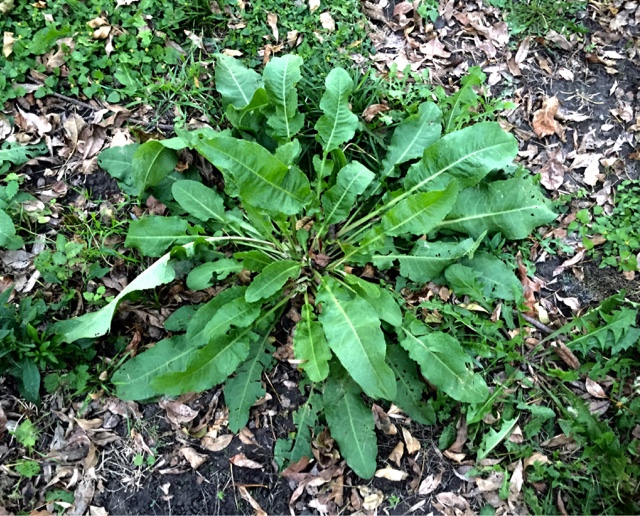 |
| Isn't that vivid red and green combo perfect for this time of year? |
Identification difficulty: Beginner
Turk's cap sometimes known as Texas mallow, Drummond's mallow or Mexican apple, and formally known as Malvaviscus arboreus var. drummondii, is an edible wild plant and a member of the hibiscus family, native to Texas, the Southwestern US, and Mexico.
Most, if not all, members of the hibiscus family have edible parts, or are at least, non-poisonous. The flowers of many varieties are steeped into herbal teas, where they impart a tartness, like pomegranate, but also a lovely floral note. For those of you who enjoy Celestial Seasonings Red Zinger, that's a hibiscus-focused tea.
Even if hibiscus isn't the primary flavor in your tea, check out the package, chances are, there's some hibiscus in there. The flower family is used to provide floral aromas, tartness and rich color to teas, candies, confections and more.
The most famously used hibiscus is the roselle, Hibiscus sabdariffa, native to Africa. Roselle is the main ingredient in the famous Jamaican sorrel punch, infused with citrus, sugar and ginger and served virgin or spiked with rum. It's also used throughout processed foods, primarily to impart a vivid red color. When you see "natural colors and flavors" and the item is red, there's a good chance it contains hibiscus, specifically roselle.
My point in this divergence is that you've almost certainly eaten a hibiscus before, even if you didn't know it.
Most hibiscus have edible flowers, and some, like roselle, are used for their calyxes or buds, but turk's cap also produces an edible fruit of a reasonable size and decent flavor. Furthermore, while the whole family is pretty easy to identify, Turk's cap is one of the easiest of them all.
 |
| Turk's cap is an important late season food source for bees |





